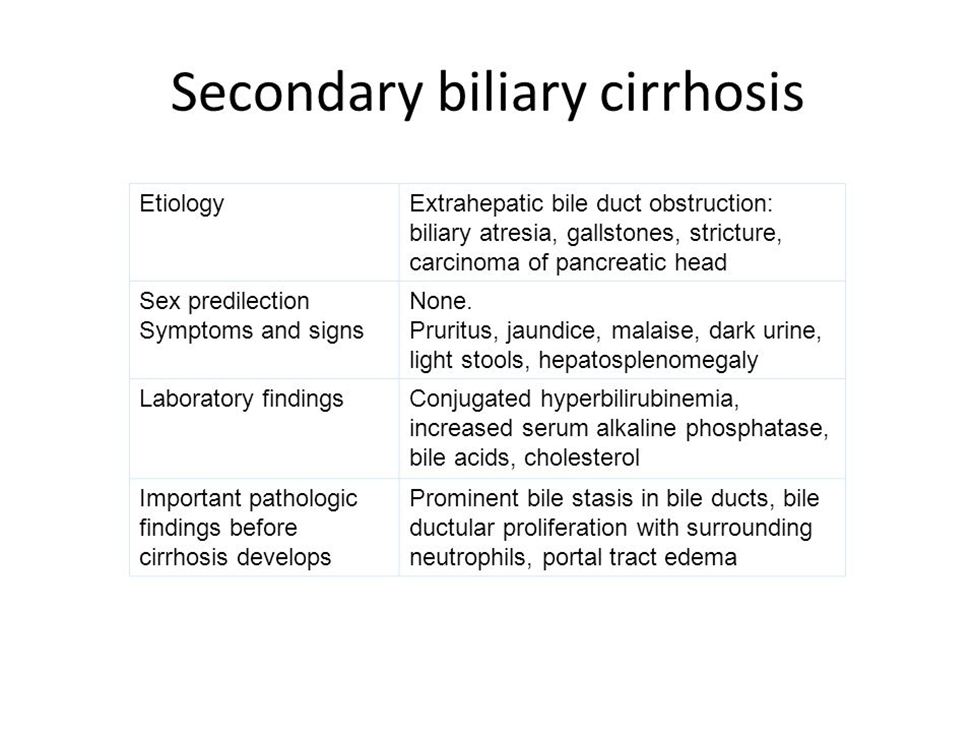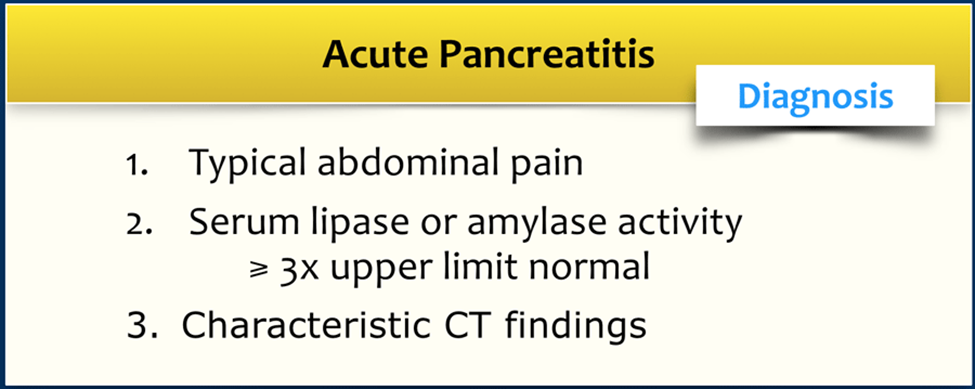A nurse is assessing a client diagnosed with peptic ulcer disease. Which of the following findings should the nurse identify as the priority?
Dyspepsia
Epigastric discomfort
Hematemesis
Epigastric pain
The Correct Answer is C
A. Dyspepsia:
Dyspepsia refers to discomfort or pain in the upper abdomen, often described as indigestion. It is a common symptom of peptic ulcer disease but is not as urgent as the manifestation described in option C.
B. Epigastric discomfort:
Epigastric discomfort is a common symptom of peptic ulcer disease, but the priority is to identify more severe complications, such as bleeding.
C. Hematemesis:
This is the correct answer. Hematemesis refers to the vomiting of blood, which is a serious and potentially life-threatening complication of peptic ulcer disease. It indicates active bleeding in the upper gastrointestinal tract and requires prompt medical attention.
D. Epigastric pain:
Epigastric pain is similar to epigastric discomfort and is a common symptom of peptic ulcer disease. However, the priority in the given options is to identify the more severe complication of hematemesis.
Nursing Test Bank
Naxlex Comprehensive Predictor Exams
Related Questions
Correct Answer is A
Explanation
A. Obstruction of the bile duct:
Biliary cirrhosis can result from chronic obstruction of the bile ducts, leading to damage to the liver tissue. This obstruction can be due to various causes, such as gallstones or strictures.
B. Hepatotoxic medications:
While certain medications can contribute to liver damage, biliary cirrhosis specifically refers to conditions affecting the bile ducts. Hepatotoxic medications may contribute to cirrhosis but not necessarily biliary cirrhosis.
C. Hepatitis C:
Hepatitis C is a viral infection that primarily affects the liver. While chronic hepatitis C infection can lead to cirrhosis, it is not synonymous with biliary cirrhosis.
D. Excessive alcohol consumption:
Excessive alcohol consumption is a common cause of cirrhosis, but biliary cirrhosis specifically refers to cirrhosis resulting from chronic obstruction of the bile ducts.

Correct Answer is C
Explanation
A. Calcium:
While calcium levels can be affected in pancreatitis, it is more commonly associated with a decrease in calcium levels due to fat necrosis and the formation of calcium soaps. However, the primary electrolyte disturbance is more likely to involve magnesium.
B. Magnesium:
Magnesium levels may be decreased in acute pancreatitis due to factors such as vomiting, malabsorption, and poor oral intake. Hypomagnesemia is a possible consequence, but it's not as specific to pancreatitis as the elevation of amylase.
C. Amylase:
Elevated amylase levels are a hallmark of acute pancreatitis. Amylase is an enzyme released by the pancreas, and its elevation in the blood is a key diagnostic marker for pancreatitis.
D. RBC count:
Acute pancreatitis does not typically result in a significant impact on the red blood cell (RBC) count. The elevation of amylase and lipase levels, along with imaging studies, is more indicative of pancreatitis.

Whether you are a student looking to ace your exams or a practicing nurse seeking to enhance your expertise , our nursing education contents will empower you with the confidence and competence to make a difference in the lives of patients and become a respected leader in the healthcare field.
Visit Naxlex, invest in your future and unlock endless possibilities with our unparalleled nursing education contents today
Report Wrong Answer on the Current Question
Do you disagree with the answer? If yes, what is your expected answer? Explain.
Kindly be descriptive with the issue you are facing.
